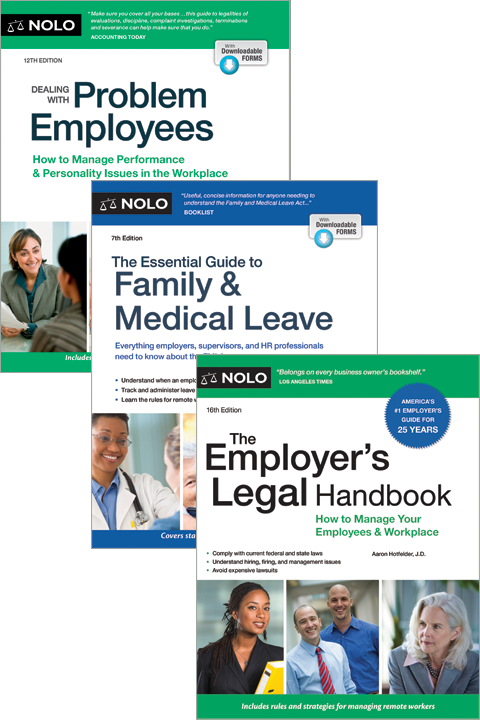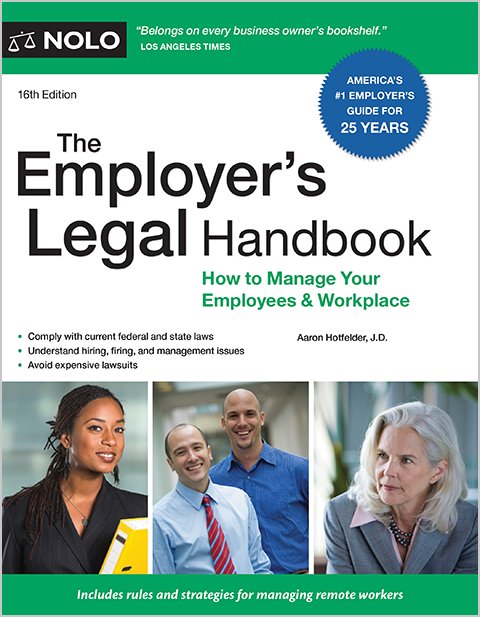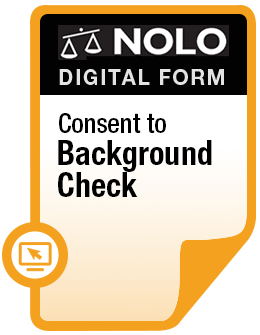Learn the rules for unemployment eligibility, benefit amounts, and more in South Dakota.
Did you recently lose your job in South Dakota? If so, you might be eligible for unemployment benefits: payments intended to partially replace the wages of employees who are temporarily out of work through no fault of their own. Although the basic rules for unemployment are similar across the board, the eligibility rules, prior earnings requirements, benefit amounts, and other details vary from state to state.
Below you'll find information on collecting unemployment in South Dakota.
Eligibility Requirements for South Dakota Unemployment Benefits
In South Dakota, the Department of Labor and Regulation handles unemployment benefits and determines eligibility on a case-by-case basis. Applicants must meet the following three eligibility requirements in order to collect unemployment benefits in South Dakota:
- You must have earned at least a minimum amount in wages before you were unemployed.
- You must be unemployed through no fault of your own, as defined by South Dakota law.
- You must be able and available to work, and you must be actively seeking employment.
Do You Meet the Minimum Earnings Requirement?
Virtually all states look at your recent work history and earnings during a one-year "base period" to determine your eligibility for unemployment. (For more information, see Nolo's article, Unemployment Compensation: Understanding the Base Period.) In South Dakota, as in most states, the base period is the earliest four of the five complete calendar quarters before you filed your benefits claim. For example, if you file your claim in September of 2022, the base period would be from April 1, 2021, through March 31, 2022.
To qualify for benefits in South Dakota, you must meet all of the following requirements:
- You must have earned wages in at least two quarters of the base period.
- You must have earned at least $728 in the highest paid quarter of the base period.
- You must have earned at least 20 times your weekly benefit amount in the other three quarters of the base period, combined.
Are You Out of Work Through No Fault of Your Own?
In South Dakota, as in other states, you must be out of work through no fault of your own to qualify for unemployment benefits.
Collecting Unemployment After a Layoff
If you were laid off, lost your job in a reduction-in-force (RIF), or got "downsized" for economic reasons, you will meet this requirement.
Collecting Unemployment After Being Fired
If you were fired because you lacked the skills to perform the job or simply weren't a good fit, you won't necessarily be barred from receiving benefits. However, if you were fired for misconduct relating to your job, you will be disqualified from receiving benefits. Misconduct is defined by South Dakota law as:
- failing to obey orders, rules, or instructions
- substantially disregarding your job duties and obligations or the employer's interests
- deliberately violating or disregarding the standards of behavior employers have a right to expect from employees, or
- being careless to such a degree or extent as to demonstrate wrongful intent.
On the other hand, misconduct does not include good-faith mistakes, inefficiency, inability to perform the job, unsatisfactory conduct, or conduct mandated by your religious beliefs which your employer could not accommodate.
Collecting Unemployment After Quitting
If you quit your job, you will be disqualified from receiving unemployment benefits unless you had good cause. In general, good cause means that your reason for leaving the position was job-related and was so compelling that you had no other choice than to leave. For example, if you left your job because of dangerous working conditions that your employer refused to remedy, you may be able to collect benefits.
You may also be eligible for benefits if you quit for certain compelling personal reasons, including to relocate with a spouse, to escape from domestic abuse, to avoid violating your religious beliefs (but only if your employer refused to accommodate them), or because you would have had to relocate in order to keep the job.
Are You Available and Actively Searching for Work?
To keep collecting unemployment benefits, you must be able to work, available to work, and looking for employment. (For more information, see Nolo's article, Collecting Unemployment: Are You Able, Available, and Actively Seeking Work?) If you're incarcerated, on vacation, or in school, or you don't have adequate transportation to get to work, you likely won't be considered able and available to work.
In South Dakota, you must actively search for work each week, keeping a log of your job contacts and other job search activities. You must make at least two job contacts per week. Your log may be audited at any time. You must also register for work with the Department of Labor and Regulation or your designated state workforce agency.
If you're offered a suitable position, you must accept it. Whether a job is suitable depends on a variety of factors including your prior experience and training, your prior earnings, the commuting distance, and how long you've been unemployed.
You must be willing to accept a position that pays the going rate in your area for the work or occupation for which you have the most experience and training. If there is limited or no work available in that field, you must be willing to accept the going rate for work that you are capable of doing.
Amount and Duration of Unemployment Benefits in South Dakota
If you are eligible to receive unemployment, your weekly benefit rate is your total earnings during the highest paid quarter of the base period, divided by 26. The current maximum is $487 per week. You may receive benefits for a maximum of 26 weeks. (In times of very high unemployment, additional weeks of benefits may be available.)
How to File a Claim for Unemployment Benefits in South Dakota
You may file your claim for unemployment benefits online or by phone. You can find online filing information and telephone contact information at the website of the South Dakota Department of Labor and Regulation.
After you file, you will receive a monetary determination from the Department, stating the wages reported by your employers during your base period and how much you can expect to receive in benefits.
How to Appeal a Denial of Unemployment Benefits in South Dakota
If your unemployment claim is denied, you have 15 days to file an appeal. You can file your appeal by mailing or faxing it to the Appeals Section of the Unemployment Insurance Division of the South Dakota Department of Labor and Regulation.
A hearing will be conducted, by telephone, before an administrative law judge. You will be able to present evidence and witness testimony at the hearing. The judge will then issue a decision on your appeal.
If you disagree with the judge's decision, you may appeal to the Secretary of Labor and Regulation within 15 days. If the Secretary rules against you, you may appeal to the South Dakota Circuit Court. (You may also skip the appeal with the Secretary and file your appeal directly with the Circuit Court, if you wish).
For more information on the unemployment process, including current eligibility requirements and benefits amounts, visit the South Dakota Department of Labor and Regulation website.
Talk to a Lawyer
Need a lawyer? Start here.
How it Works
- Briefly tell us about your case
- Provide your contact information
- Choose attorneys to contact you
- Briefly tell us about your case
- Provide your contact information
- Choose attorneys to contact you



